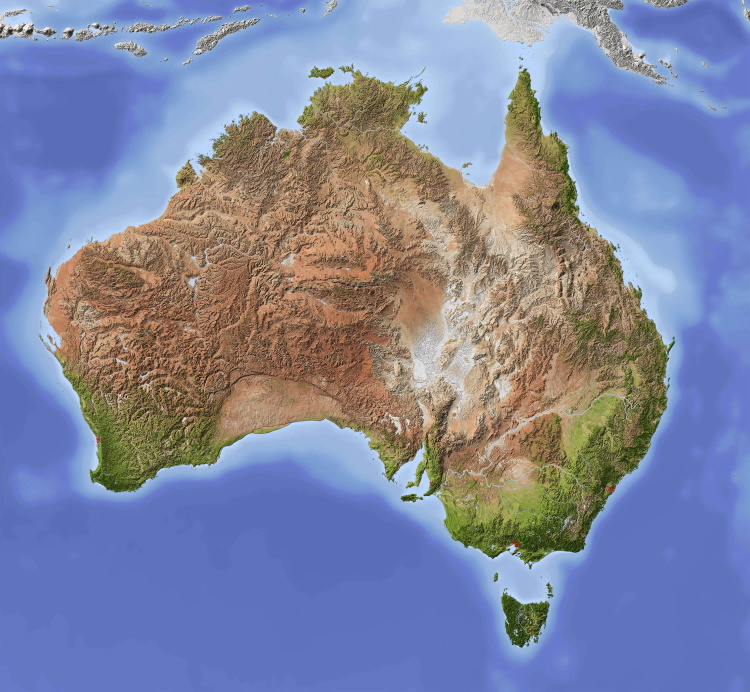Inflation has moved down, but it’s not going fast enough, utility price rises will continue to fuel inflation for a while yet.
It might be an equation of 12-24 months at current rates or 6-12 months at slightly higher rates.
On cue, there’s been a sudden spike in homes, owned for two years or less, being sold for a loss.
During the pandemic first-home-buyers splurge, just 3 per cent of properties held for less than two years were sold at a loss. That’s suddenly now leapt to 12.3 per cent.
Will be an interesting number to watch going forward.
Unpopular opinion, but if future generations are going to be able to own a home in the lands of their parents, grandparents, and great grandparents, rates need to continue to rise and debt costs need to come way up so people start using money instead of debt.
Does Australia have long long term mortgages like America’s 30 year? In canuckistan over 90% of mortgages are 5 years or less because a 10 year has a couple percent premium and by the time you hit 20 years you were looking at like an 8% rate when you could get 5 years for like 2%.
If Australia is similar to canada in that regard, the real scary part will be when the fixed rate mortgages taken out during the pandemic reset in about 2 years.
Australian mortgages are usually over a 30 year term.
So the interest rate is fixed for 30 years, or it takes 30 years to pay it off?
Variable rate, calculated daily, over a 30 year term
2 years seems to be the standard here for fixed terms. We’re expecting that cliff edge any day now.
Boomers and inflation
I hate to say it, but, it’s the boomers I’m sure. Again.
I’m travelling Australia and working. I’m Gen X. It’s a slog, but enjoyable and a chance of a lifetime.
Our house at home has a massive mortgage and we’re renting it out. We run at a loss on our house, as we can’t socially justify renting it at the rate it would take to break even. So we take the loss.
But, interest rates are rising. They keep going up. People are still spending. Who are these people?
It’s the boomers.
On this trip I see boomer after boomer in $120K + tow vehicle, with $150k + caravan. Kitted out with everything you can imagine. Spending like crazy, and I mean like crazy, on whatever they want. Fishing rods, fishing gear, the BEST tyres for their vehicles, suspension upgrades that I can’t imagine the cost of. Meals and cafe’s every bloody day. I see them sipping their latte’s and eating carrot cake, spending $60 to $80 a night on van parks and in a discussion with one, he told me he thought even $90 a night was good value. Unbelievable. They eat at restaurants all the time and have the best of everything.
It’s… the… BOOMERS. I hate to say it, it’s like some haunting htat never stops, but it’s true.
They have NO mortgage. The rates don’t impact them one bit. Their extra rental properties are bringing them in more than they could have dreamed and the rest of us are getting these bogus interest rate rises, as if that will fix the problem.
None of us, or very few of us, can spend like the boomers can, and are.
Now, I have had them say to me “oh, we worked hard, we didn’t complain like your generation” and “we drove clapped out cars, and we finally made it”, etc. Now that is fine, good on them, but it doesn’t change the fact of what is driving this inflation.
I read that about 25,000 new caravans a year are being sold in Australia. Add that many dodge rams and other large tow vehicles, then all the gear that goes with them. It’s insane.
/rant over
Here are a few reasons why rates could still go up a few more times:
-
Inflation is not decreasing fast enough.
If you take fuel costs out of the latest monthly inflation data, the inflation rate would be the same as it was 2 months ago. We are also two months away from seeing the impact of energy prices cause an inflation increase and for the year-on-year measurement against fuel prices to be flat. -
If our interest rate is below that of the US, our currency exchange rate suffers.
The US is currently at 5.25% with inflation at 4.00% and two more rate increases are expected by the end of the year. Australia is at 4.10% with inflation at 5.60%. In the past, we have either increased rates to match the US, or decreased them slower than the US to improve our exchange rate. -
Throughout the 90s and 2000s, interest rates stayed around the 5.00% mark while inflation remained in the 2-4% range.
The current rates could be status quo for the next decade or two. -
The unemployment rate is at record lows.
Monetary policy expects that one of the metrics that shows the economy returning to normal levels is an increase in unemployment. More employment = less spending = prices drop due to lack of demand = inflation drops. -
Companies are still comfortable with the demand for their products and services at current price levels.
Many companies are still increasing prices and have not reached the point where consumers have stopped buying. We either to reach the point where prices are unacceptable for consumers, industry competition lowers prices, or some kind of product / innovation kills the demand.
-






